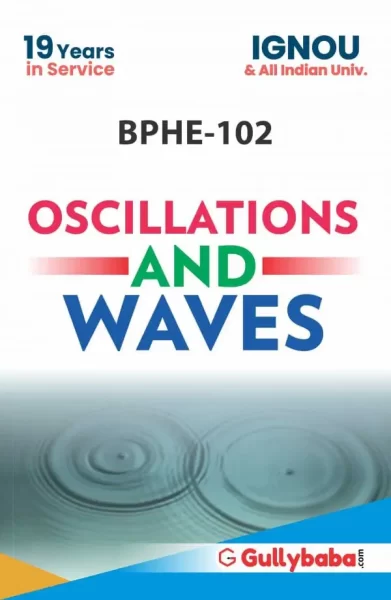-
Sale!
BPHE-102
Oscillations and Waves
Original price was: ₹200.00.₹100.00Current price is: ₹100.00.Bought by : 3695 StudentsIn Stock Only 0 left ! -
Sale!
BPHE-101/PHE-01 + BPHE-102 + BPHE-104/PHE-04 + PHE-05 + PHE-06/BPHE-106
IGNOU B.Sc. Physics Combo
Bought by : 2998 StudentsIn Stock Only 0 left ! -
Sale!
BPHE-102
Oscillations and Waves
Bought by : 3345 StudentsIn Stock Only 0 left !






